Technologies & Resources
Bioreactor Systems
-
 10 Bilder
10 Bilder -
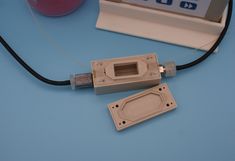 10 Bilder
10 BilderA small catheter inside of the reaction chamber delivers real time data of the graft cultured. -
 10 Bilder
10 BilderStirred tanks are widely used in fermentation, but can also be used for dynamic culture of (stem) cells. -
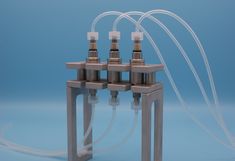 10 Bilder
10 BilderThese small reactor chambers are connected to peristaltic pumps and enable continuous or dynamic perfusion of small TE-grafts -
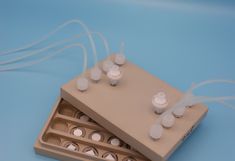 10 Bilder
10 BilderPorous scaffolds seeded with cells can be perfused in parallel -
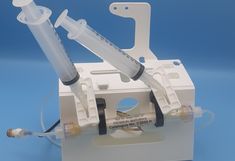 10 Bilder
10 BilderAs the name implies this reactor consists of tightly packed hollow fibres. The space inside and outside of the fibres can be seeded with cells and perfused indipendently. -
 10 Bilder
10 BilderThe individual fibres in more detail. -
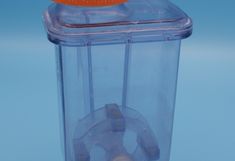 10 Bilder
10 BilderSimilar as a sirred tank, but the mixing of the cells is done by a vertical wheel ("Hamsterrad") that can be driven by magnetic force. -
 10 Bilder
10 BilderAnother perfusable reactor; the chamber is devided by a permeable membrane where the cells can grow on both the top and bottom side. -
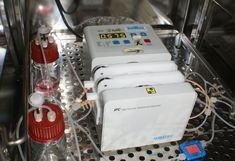 10 Bilder
10 BilderThe experimental set up including media reservoir and pump inside a cell culture incubation system
Laboratory Equipment
-
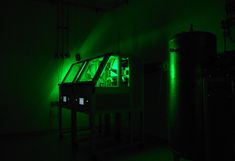 6 Bilder
6 Bilder -
 6 Bilder
6 Bilder -
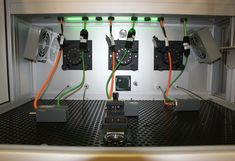 6 Bilder
6 BilderEquipped with 3 pumps, 3 motors and a dark field microscope -
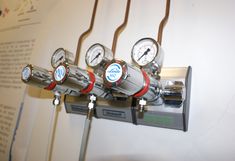 6 Bilder
6 BilderWith the use of nitrogen it is possible to provide a "hypoxic" (5% O2) environment within our incubators for the cells -
 6 Bilder
6 BilderOne of 4 sterile work benches for aseptic cell culture -
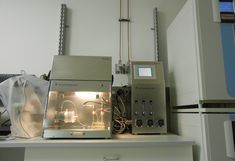 6 Bilder
6 BilderThe ZRP system allows for dynamic cell culture in a closed and independent system with different reactor chambers available.
all images displayed © ICTCT, BOKU Vienna
Inhalt nur im Web sichtbar, wird nicht gedruckt
